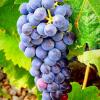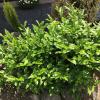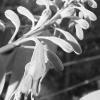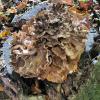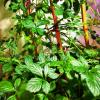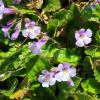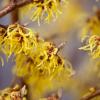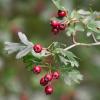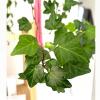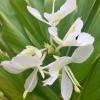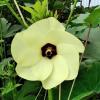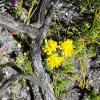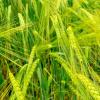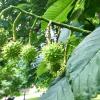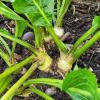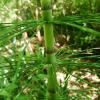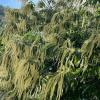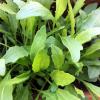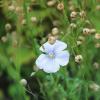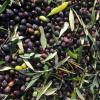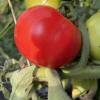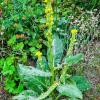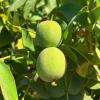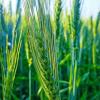Plant extracts & derivatives
Plant extract aka botanical extract-based skin care products are one of the biggest trends in the beauty industry in recent years. Being naturally balanced and dense in active ingredients, botanical extracts are excellent fighters against skin aging and inflammation.
Griffonia simplicifolia is a shrub native to Africa. Its seeds are rich in 5-HTP (0.75 – 1.20%), an amino acid involved in serotonin production that helps protect the seeds from UV-induced damage.
Grifola Frondosa Fruiting Body Extract is a natural gene-technology-based active ingredient developed to preserve optimal quality collagen networks. It is a comprehensive approach to the stimulation of essential collagen types.
Haberlea rhodopensis Friv. (Gesneriaceae) is a rare perennial herbaceous plant native to the Balkans. In Bulgaria, it can still be found in natural habitats.
American Indians used Witch Hazel (Hamamelis Virginiana) in skin solutions and applied compresses externally to soothe inflammations, burns, infections, inflamed eyes, and body aches.
This well-known evergreen climber is said to have been abundant at Nyssa, Bacchus's fabled home, in his youth. Ivy (Hedera Helix) has been considered helpful in relieving inflammation of the mucous membranes, and it has been used for its diuretic properties to relieve kidney disorders.
Hawaiian white ginger (Hedychium Coronarium) has been used internally and externally as a cleansing agent. Hedychium Coronarium has been considered useful in stimulating circulation and relieving muscle soreness and stiffness.
The scientific name of the genus, Helianthos, comes from two Greek nouns--helios for “sun” and anthus for “flower”. Sunflower (Helianthus Annuus) seeds number about 650 to an ounce and are used for their oil in cooking.
In the Far East, the Chinese Hibiscus (Hibiscus Rosa-Sinensis) was the source of a black dye used for various purposes, from blackening shoes to tinting women's hair and eyebrows.
Hordeum Vulgare Seed Extract is a natural ingredient derived from Barley that modulates the expression of genes responsible for soothing, revitalizing, and repairing sensitive skin. It leaves anti-inflammatory, regeneration-boosting, and barrier-improving effects on the skin.
Hydrolyzed Chestnut Extract is an active ingredient developed for hair care obtained from organically grown Castanea sativa fruits (chestnut).
Hydrolyzed Eruca Sativa Leaf contains deglycosylated isothiocyanates which stimulate glutathione production by dermal cells. Glutathione is a biologically active tripeptide that is involved in defensive, recovery, and tissue-building processes in the body and the skin.
Grape's (Vitis Vinifera) skin protects the fruit from UV radiation and other environmental damaging factors. Modern hydrolyzation technologies allow to liquefy the grape skin and reproduce its complex defensive chemistry.
The skin is exposed to a large number of damaging factors. It can cause problems with skin barrier permeability, making it more fragile and susceptible to inflammatory processes.
Hydrolyzed Olive Fruit is a completely aqueous liquid obtained by bio-liquefaction of fresh olives, selected among the richest in bio-phenols and derived from organic certified agriculture.
Hydrolyzed Tomato Skin is a liquid water-soluble ingredient that contains a carotenoid lycopene. This biotechnological ingredient is derived from natural and renewable raw material a by-product from the food industry.
Differences in shape, color, scent, etc. of flowers are not meant to please our senses but are tools to attract and select pollinating insects, and in a field full of spring blossoms the competition is sky-high.
In a particular stage of walnut ripening, the green walnut is particularly rich in active principles and reticulating agents for proteins: the structural phenols.
The biotechnological processes used to produce hydrolyzed wheat bran make it possible to recover 100% of wheat bran protective chemistry in a bio-available form.
